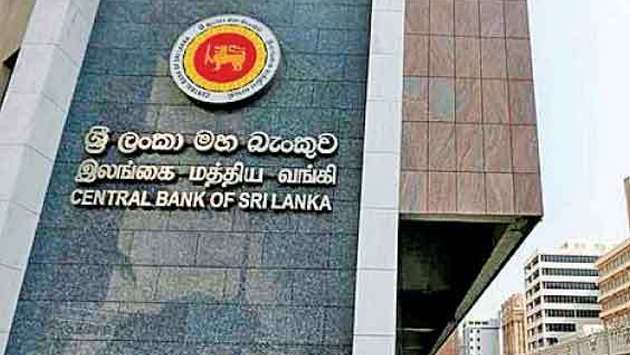With the central bank transitioning from a dual policy rate structure to a single policy rate for implementing and communicating monetary policy, the central bank said it is in the process of reviewing the statutory reserve requirement (SRR) framework in line with the flexible inflation targeting framework and international best practices.
Again, the aim is to make monetary policy implementation effective and beneficial to the entire financial system, the central bank said this week in its traditional ‘Policy Agenda for 2025 and Beyond’.
Changes to be introduced after stakeholder consultation to optimize the SPR framework.
The Central Bank requires licensed commercial banks to maintain a certain percentage of their rupee deposits, which consist of demand, time and savings deposits.
Currently, the SRR ratio is set at 2.0 percent, and commercial banks are required to maintain 2.0 percent of their deposit liability with the Central Bank.
A lower ratio would ensure that the banking system has access to more liquidity that can be used for lending, while a higher ratio would cause that liquidity to flow to the Central Bank, thereby reducing the amount of money that banks have available for lending activities.
During the pandemic, like all central banks around the world that resorted to using almost all the tools at their disposal to support economies affected by the economic downturn caused by the pandemic, the Central Bank of Sri Lanka also reduced the reserve requirement by 3.00 percent on two occasions, and later reduced it to 2.0 percent with the aim of further releasing liquidity to the banking system.
Furthermore, among other policy interventions to ease financial conditions for businesses and the public, what is known as the bank rate was reduced by 650 basis points.
This came after the key policy rates were reduced five times by 250 basis points to break the minimum levels so that people and businesses could access money to overcome business disruptions related to the pandemic.
But experts blamed the central bank for such measures, and later they and the public who benefited from such measures blamed the then officials for causing the economic crisis in 2022.
The Central Bank of Sri Lanka did nothing different from what any other central bank did during the pandemic.





